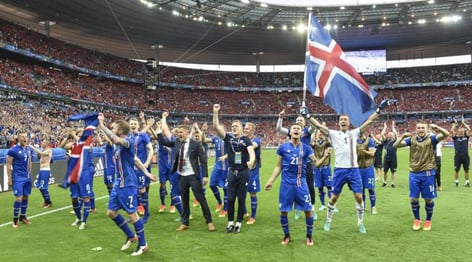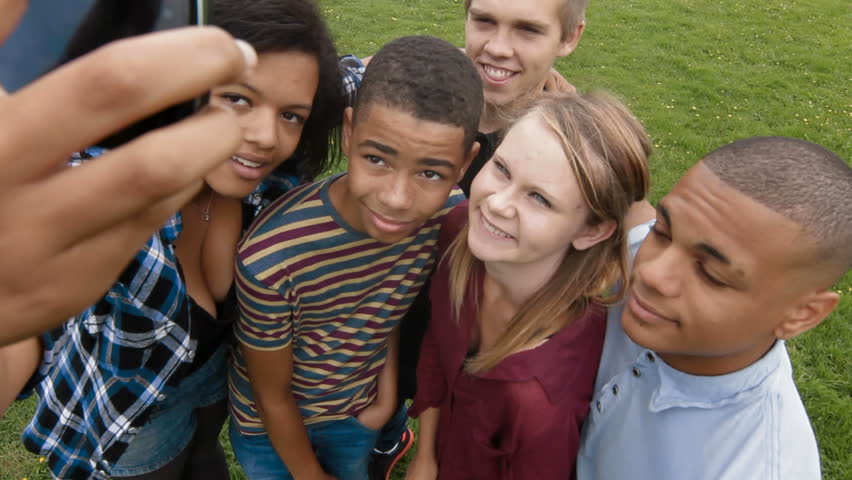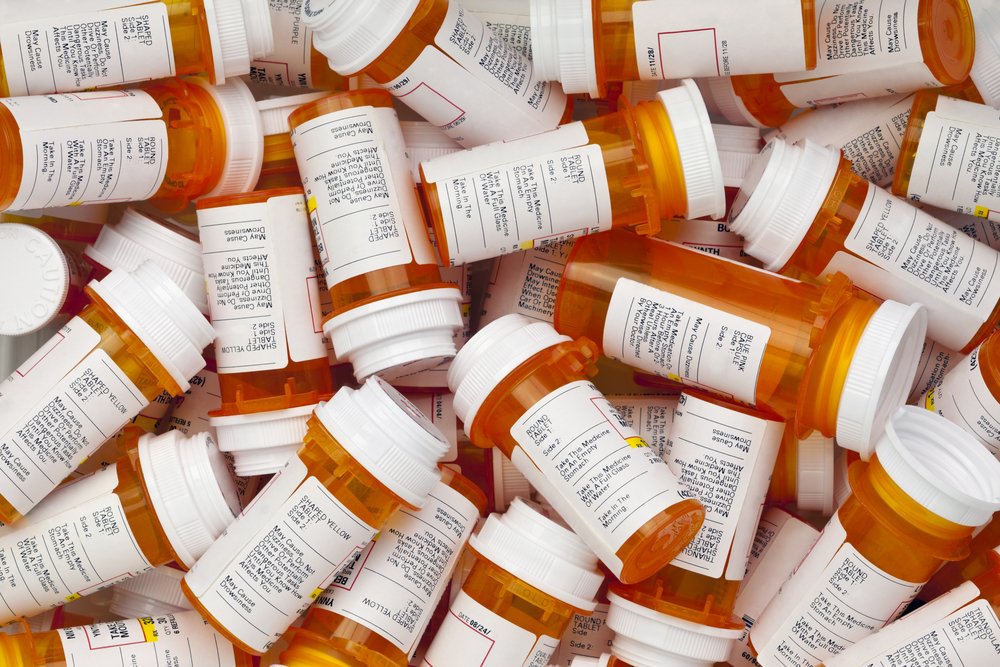As the Turnbull government introduces its mandatory drug testing policy for welfare recipients, I’ve spoken to a few people about SMART Recovery Australia’s position on harm minimisation. A huge part of our philosophy is valuing people as people, not reducing them to the harmful labels of “addict”, “criminal”, or “alcoholic”. A chorus of experts in the field are telling us that these kinds of reductive criminal policies are dangerous and ineffective. SMART Recovery Australia sees drug and alcohol issues as a health and social issue, not one of criminal justice or something that requires punitive measures.

Once upon a time, Australia was a world leader in harm minimisation: in the late eighties, Dr Alex Wodak founded Australia’s first needle exchange as a means of halting the AIDS epidemic spreading out from Kings Cross like a noxious weed. As Dr Wodak points out, the government’s best bet for affecting positive change when it comes to drugs and unemployment is to direct funding into creating meaningful work and supporting frontline referral services.
As I was discussing this with Ryan, our executive director, he mentioned that he’d learned some very interesting things about Scandinavian drug policy during a recent trip to Iceland (which provided some of the steal-your-breath-away nature photography in this blog post).. The Icelandic model, introduced about twenty years ago, aimed to tackle the staggering rates of drug
and alcohol abuse among Iceland’s teens. Twenty years ago, Iceland’s streets were crawling with binge-drinking teenagers nightly. The streets of Reykjavik, Iceland’s capital city, were unsafe after dark. Obviously, this was a massive risk both to Icelandic society as a whole, and to the teenagers themselves. We know that drug and alcohol consumption by teenagers impedes and affects cognitive development, which continues to affect the brain well into adulthood.
The government grabbed this issue by the horns, and implemented a nationwide program designed to prevent, rather than respond to, the crisis of drug use among teenagers. The first piece of the puzzle was paying attention to research, which indicated that addictive behaviour was a response to changes in brain chemistry, rather than than a causal relationship with a substance.
With that in mind, the government began by reaching out to at-risk youth with life skills-based drug education, rather than substance-focused drug education. Instead of the infamous “drugs are bad, mkay” approach, Iceland adopted a “life is good” philosophy by offering alternative to drug use to engage the brain chemistry that the drugs were affecting. Kids who would drink to ward off anxiety, for example, were able to build their confidence and coping skills by attending after-school clubs. The government provided funding for dance classes, martial arts, organised sports and so on. On the legal end, the government passed laws making it illegal for children between the ages of thirteen and sixteen to be outside past 10pm in winter, and past midnight in summer. The kids who were most vulnerable to the temptations of drug and alcohol abuse – those from a low-income background – received funding from the government to sign up for after-school clubs and activities.
Twenty years later, the results are staggering. The number of kids smoking daily, using drugs or binge drinking plummeted to single-digit percentages. As a result, strain on Iceland’s health and education systems has been substantially lifted, and employment rates have risen as well. Anyone who follows football will remember the Iceland national team’s formidable success in the 2016  Euro campaign. Kids playing football five times per week, unseparated by income, surely is a greater way to bring about sporting success (and a more pleasant nation to live in) than testing and punishing them for drug use.
Euro campaign. Kids playing football five times per week, unseparated by income, surely is a greater way to bring about sporting success (and a more pleasant nation to live in) than testing and punishing them for drug use.
Meanwhile, here in Australia, youth unemployment is at a forty-year high. Opportunities for stable, fulfilling work are fewer and further between, while the cost of living only gets higher with each new year. Of the five thousand Centrelink recipients who will be tested for drug use, 28% will be young unemployed or underemployed Australians. Imagine if, rather than focusing on catching and punishing our kids for using drugs, we invested the government’s undisclosed sum in educating and enriching our nation’s youth with sports, arts, and recreation programs that will give them the skills they need to enjoy a life away from harmful addictive behaviours.
We might even see the Socceroos put in a decent shift.
Liam Whelan
Main source: https://mosaicscience.com/story/iceland-prevent-teen-substance-abuse


